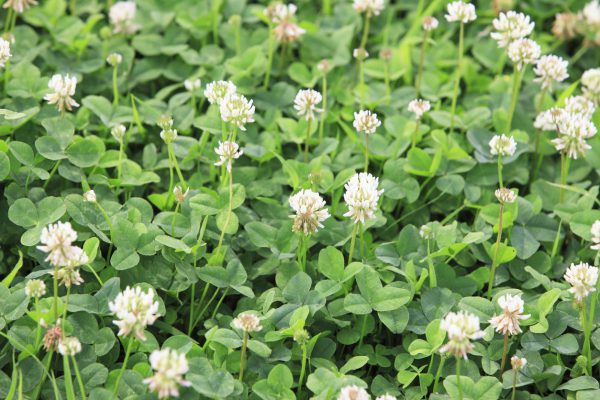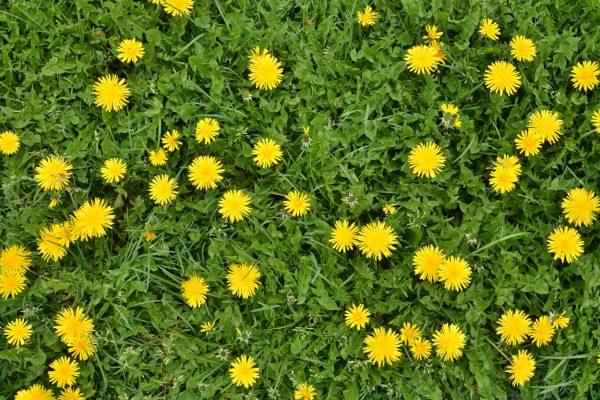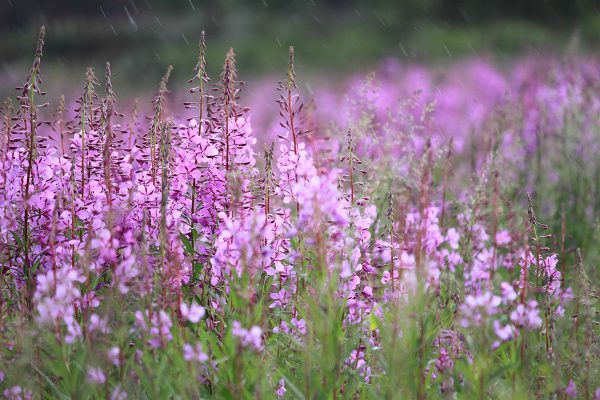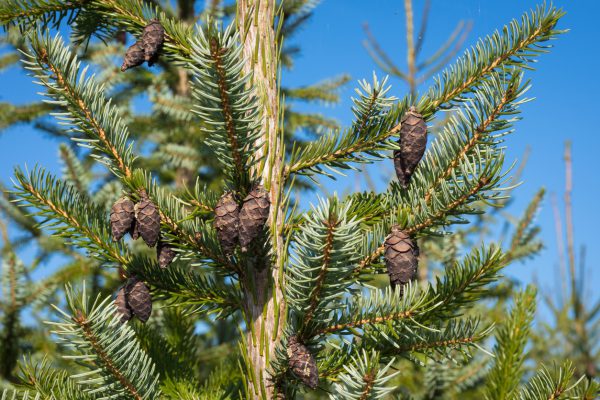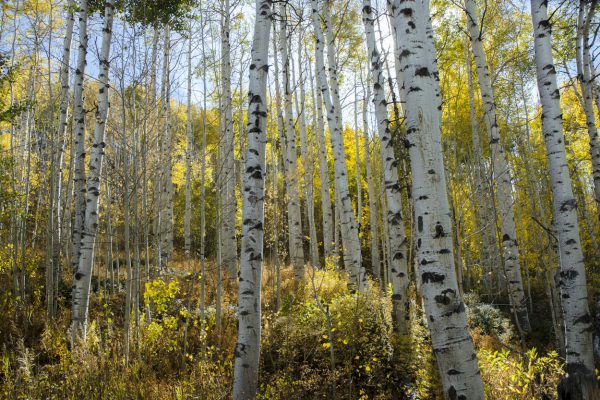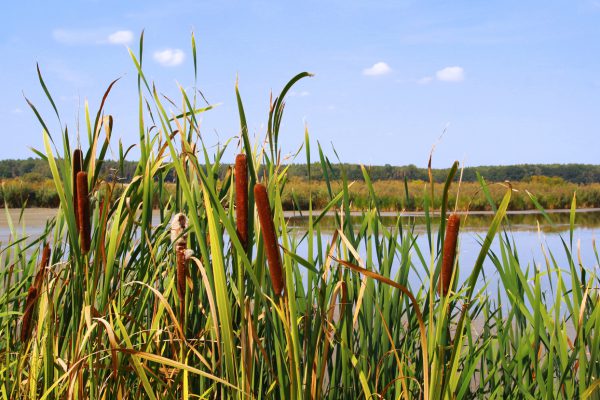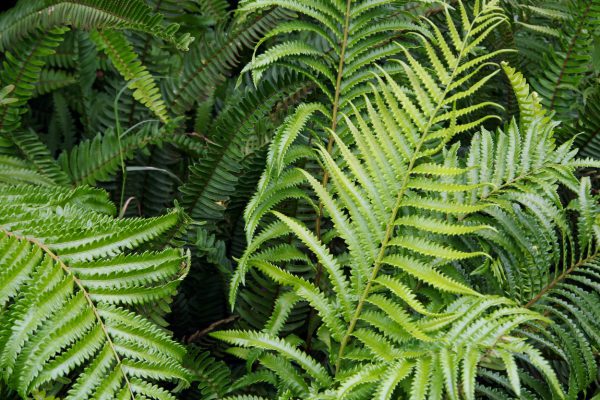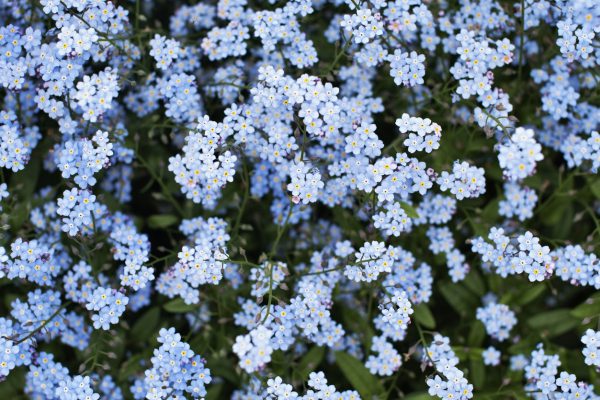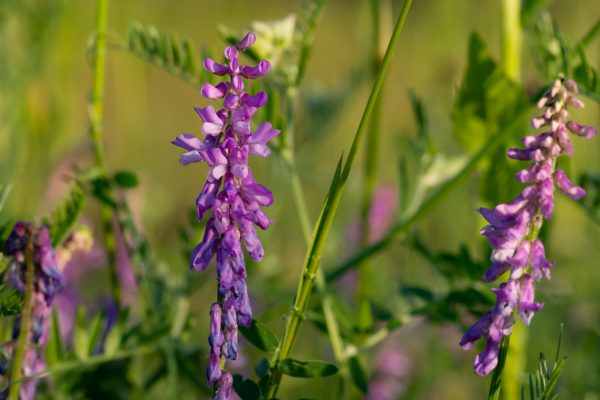9 edible Alaska plants you didn’t know about
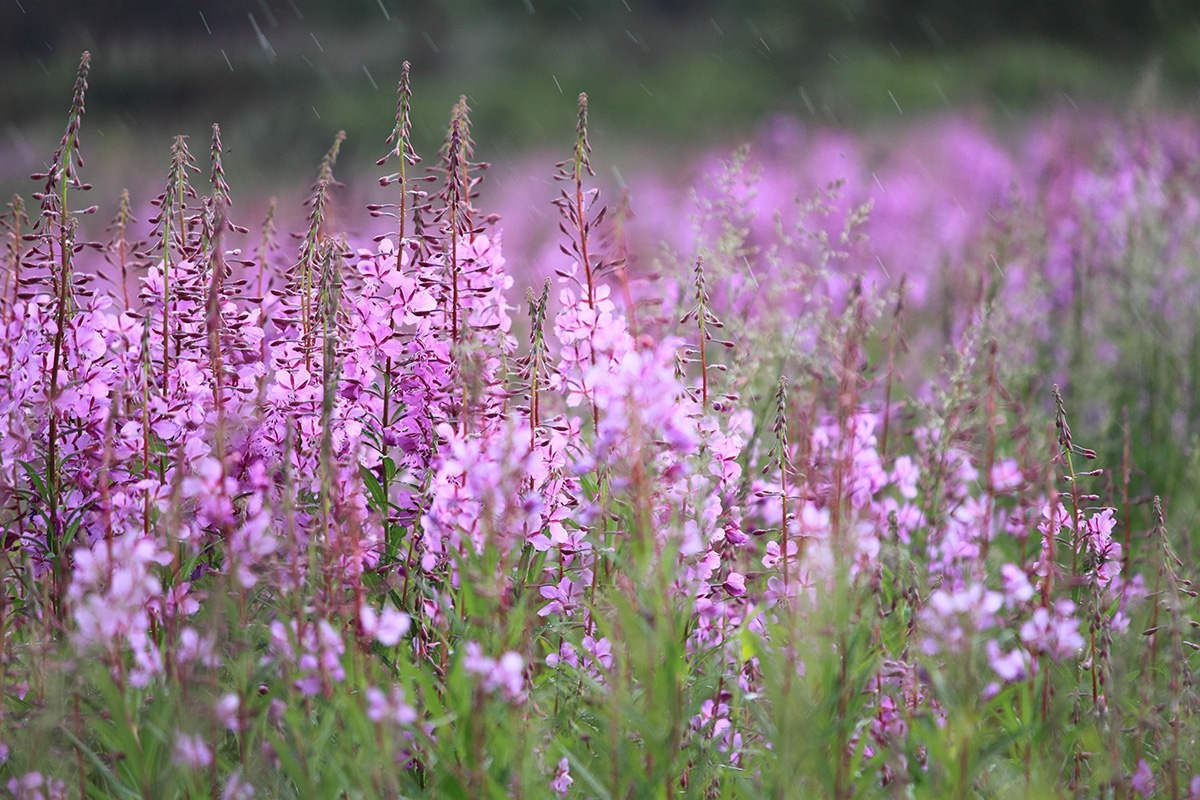
We’ll admit to watching a lot of the hit TV show “Man vs. Wild.” It’s always fun to watch outdoorsman Bear Grylls slide down an entire mountain or eat live fish. But up here in Alaska, we know the best journeys don’t include a camera crew or a helicopter waiting to whisk you home at the end of an episode. Roughing it often means making do with what’s at hand. In the spirit of Bear, we wanted to share 9 edible plants you might not know about.
White clover
We bet you had no idea white clover blossoms (yes clover as in the three-leafed stuff growing everywhere) are quite delicious and high in protein. The stems and leaves are edible, too. White clover can be used in baking or even steeped as tea.
Dandelion
All that time you’ve spent weeding dandelions out of your garden will seem silly if you find yourself hungry in the wild. The entire plant is edible, if not always palatable. It has been used in tea and even jam!
Fireweed
Fireweed is one of Alaska’s favored edible plants. Growing up to six feet tall, the tall plant’s showy purple flowers make it almost too beautiful to harvest. Huge fields of fireweed can be spotted from roadsides to hillsides and everywhere in between. The entire plant is edible but stems and leaves are best eaten early in the spring before they become tough and bitter. The flowers are often used to make jams and jellies and their beautiful color adds an extra level of decadence to any dish.
Spruce/pine
You may have eaten pine nuts harvested from late season pinecones of the pinyon pine. What you may not know is all spruce varieties from the pine family are edible. In Alaska, we love to harvest spruce tips for everything from sweet to savory dishes and even for craft beers and more. Look for spruce tips in the springtime. As soon as the green tips start to pop through their brown encasing, they are ready to harvest and use!
Birch syrup/bark
Speaking of trees, have you tried birch? Inner birch tree bark, twigs and sap is edible and Alaskans love to use birch sap to make all kinds of delectable birch syrup treats. Use birch twigs to make tea or dry bark to make birch spice for baked goods. The sap makes a lovely syrup, a worthy substitute for maple but it can also be used to make caramels and other sweet treats.
Cattails
Cattails stand talk in open wet areas and moist fields. Many parts of the cattail from its brown stalk to the roots and leaves can be eaten. Its pollen can also be added to other foods for nutrients or even as a thickener.
Ferns
Fiddlehead ferns are a foraged food so popular there’s an entire festival named after it in Alaska. Fiddleheads grow to be large and beautiful ferns but they’re only good for the picking if you catch them when they’re small. Forage for tightly furled fronds less than six inches high. You shouldn’t eat them raw but if you boil them or cook them in garlic, they make a delicious side dish or addition to a salad.
Forget-me-not
Usually less than one foot tall with beautiful clusters of blue flowers, forget-me-nots are Alaska’s state flower and a delicious (and very pretty) addition to any dish. Toss them in a salad or delicately top your favorite desserts with the flower to take it to the next level.
Eskimo potato
Eskimo potatoes have been eaten by people from Alaska for generations. The plant can grow up to two feet tall and it features beautiful pink and purple flowers. The fruit of this plant is not edible, but its root system is a great source of vitamin C, protein and fiber. Eskimo potatoes can be eaten raw, boiled, baked or fried similar to traditional potatoes.
Remember, plants are no joke and you won’t have a production assistant along on your hike. So be sure to get to know the plants of the region (that’s what field guides are for) and always double-check before ingesting anything.
Interested in seeing these plants for yourself? Check out our Alaska tour offerings for rail and self-drive adventures across the 49th state.
Back to Blog
